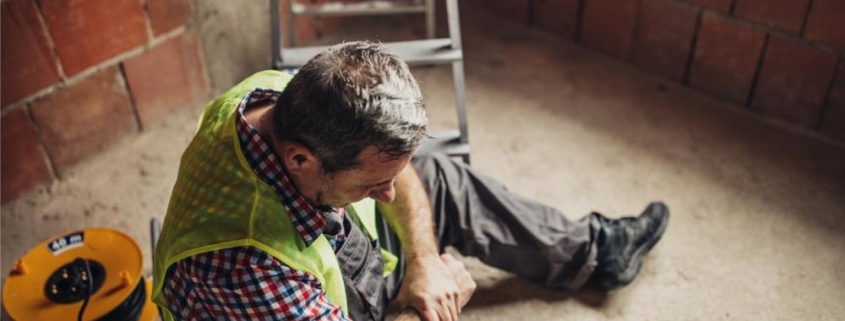
Work-Related Injuries
Overview
A work-related injury is any injury, illness, or disease that develops or aggravates as a result of an employee’s job description or workplace environment. These injuries can range from minor sprains and strains to more severe conditions such as fractures, burns, and loss of limbs. In severe cases, work-related injuries can lead to permanent disability or even death.
Types
Work-related injuries can be broadly categorized into two types: traumatic injuries and repetitive stress injuries.
1. Traumatic Injuries: These are injuries that occur as a result of a single event or accident at work, such as falls, slips, or being struck by an object.
2. Repetitive Stress Injuries: These are injuries that develop over time due to repeated movements or excessive strain on a certain body part, such as carpal tunnel syndrome from continuous typing or back pain from heavy lifting.
Causes
Work-related injuries are often caused by:
- Poorly designed workstations or working tools
– Inadequate training or supervision
– Lack of proper safety measures and equipment
– Repetitive or strenuous physical activities
– Exposure to harmful substances, heat, cold, or noise
Symptoms
Symptoms of work-related injuries can vary widely depending on the type and severity of the injury. Common symptoms include:
– Pain or discomfort in the affected area
– Swelling or bruising
– Limited range of motion
– Tingling or numbness
– Difficulty in using the injured part for normal work
Diagnosis
Diagnosis of work-related injuries is typically made through a combination of medical history, physical examination, and diagnostic tests such as X-rays, MRI scans, or blood tests. The doctor will also consider the patient’s job description and working conditions in diagnosing a work-related injury.
Treatment Options
Treatment options for work-related injuries vary according to the severity and type of injury. They may include:
1. Conservative Treatment: Rest, ice, compression, and elevation (RICE) can be beneficial for minor injuries, while physiotherapy can help restore movement and strength.
2. Pain Relief: Over-the-counter or prescription medications may be used to relieve pain, inflammation, or other symptoms.
3. Surgery: In severe cases, surgical intervention may be required to repair the damaged area.
4. Occupational Therapy: This form of therapy helps injured workers regain their skills and return to work in a safe, healthy, and efficient manner.
Living With Work-Related Injuries
Managing a work-related injury requires a combination of medical treatment and lifestyle changes:
– Regular physical therapy to regain strength and function
– Taking prescribed medication as directed
– Adjusting work routines or environment to prevent a recurrence of the injury
– Regular follow-ups with the healthcare provider
When to Seek Help
You should seek immediate medical attention if you experience:
– Severe pain, swelling, or numbness
– Trouble moving the injured part
- Signs of infection, such as fever, redness, or heat
– Any other symptom that concerns you or disrupts your ability to work
Take work-related injuries seriously to prevent long-term damage and disability. Reach out to your healthcare provider for advice on diagnosis, treatment, and prevention.
